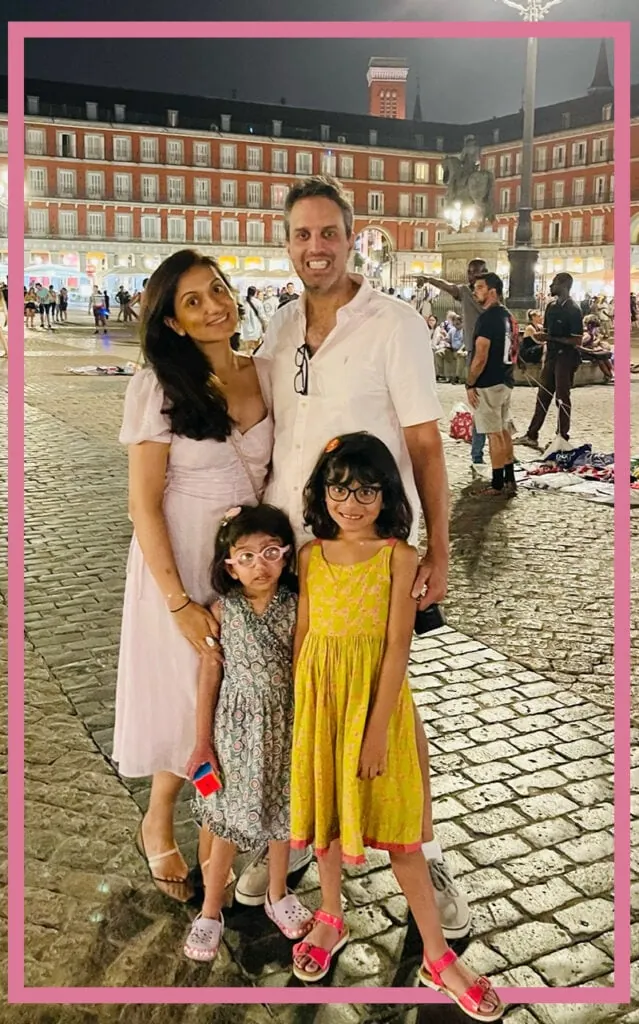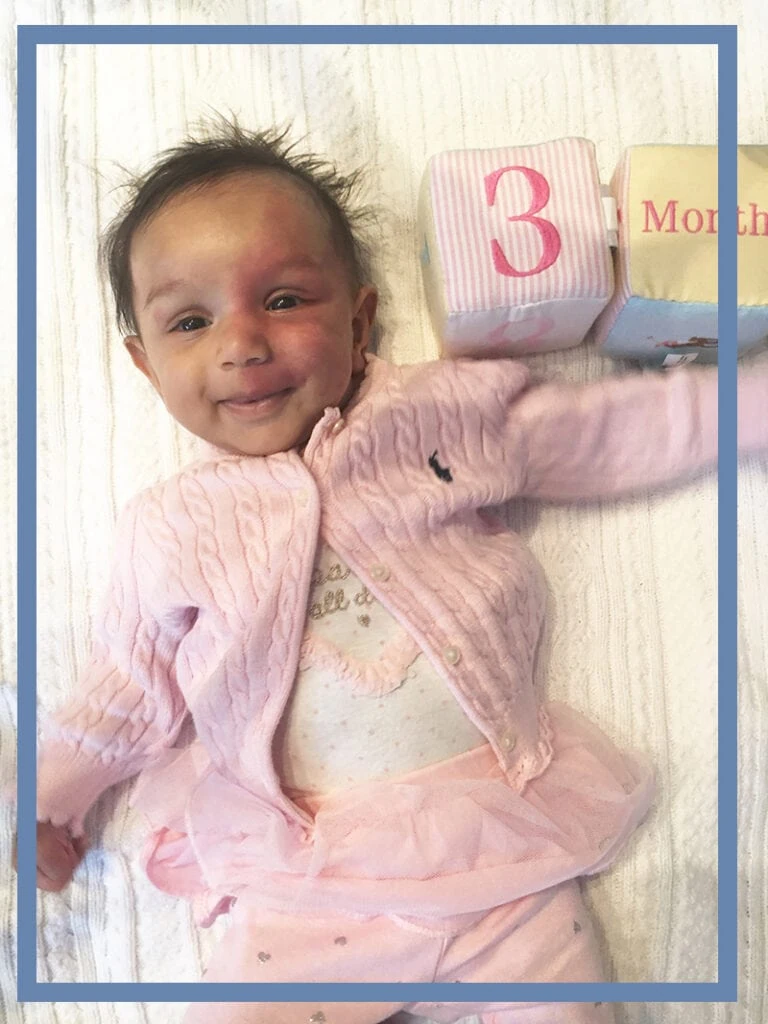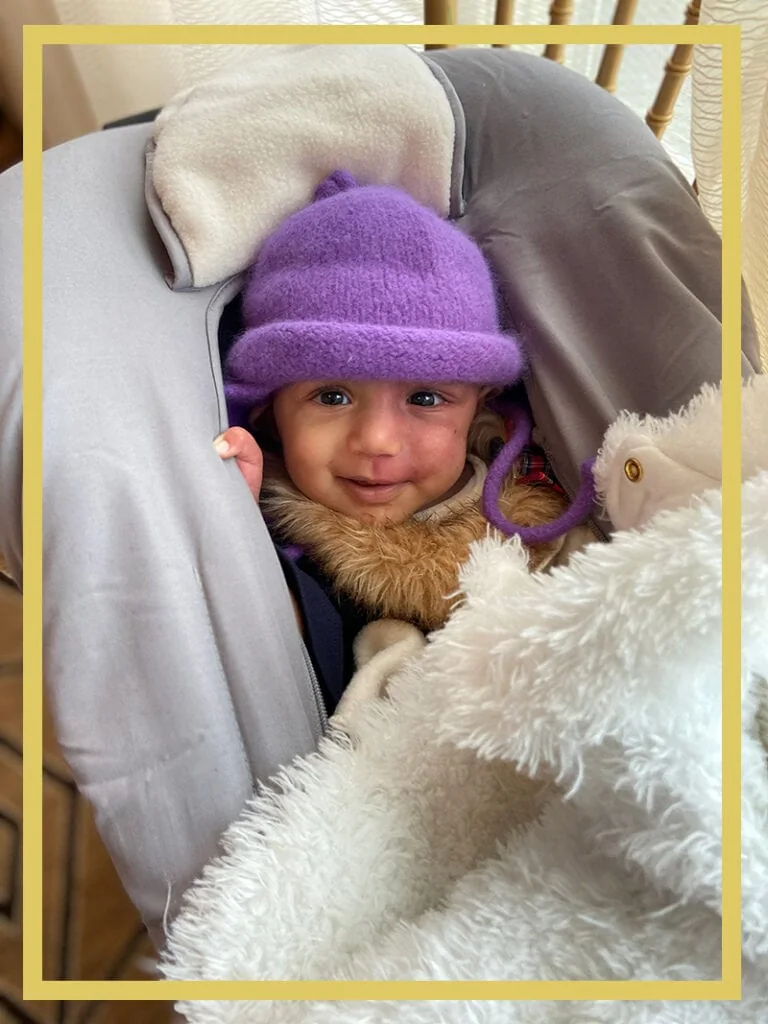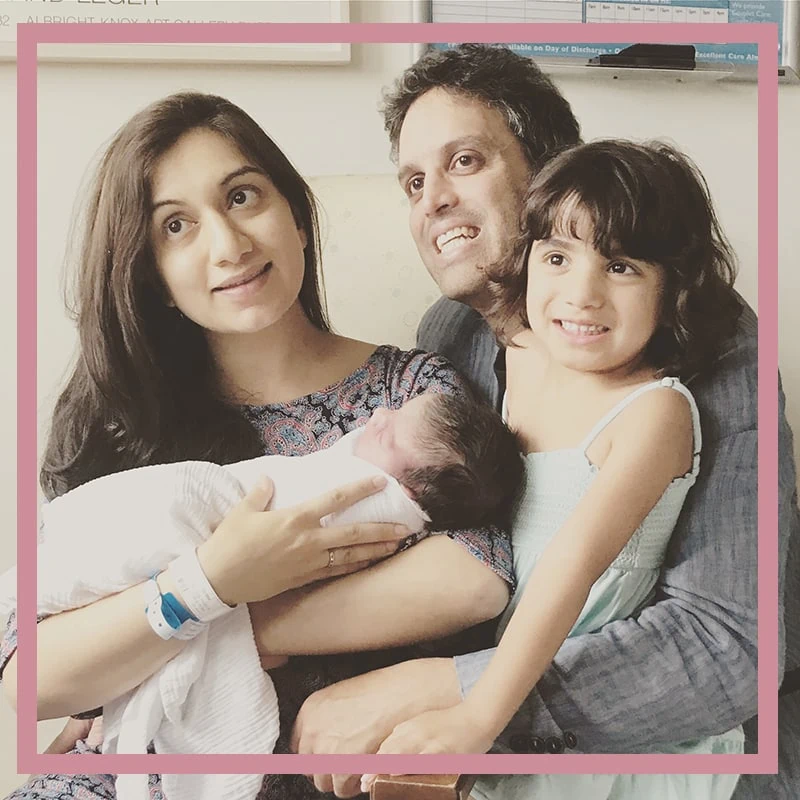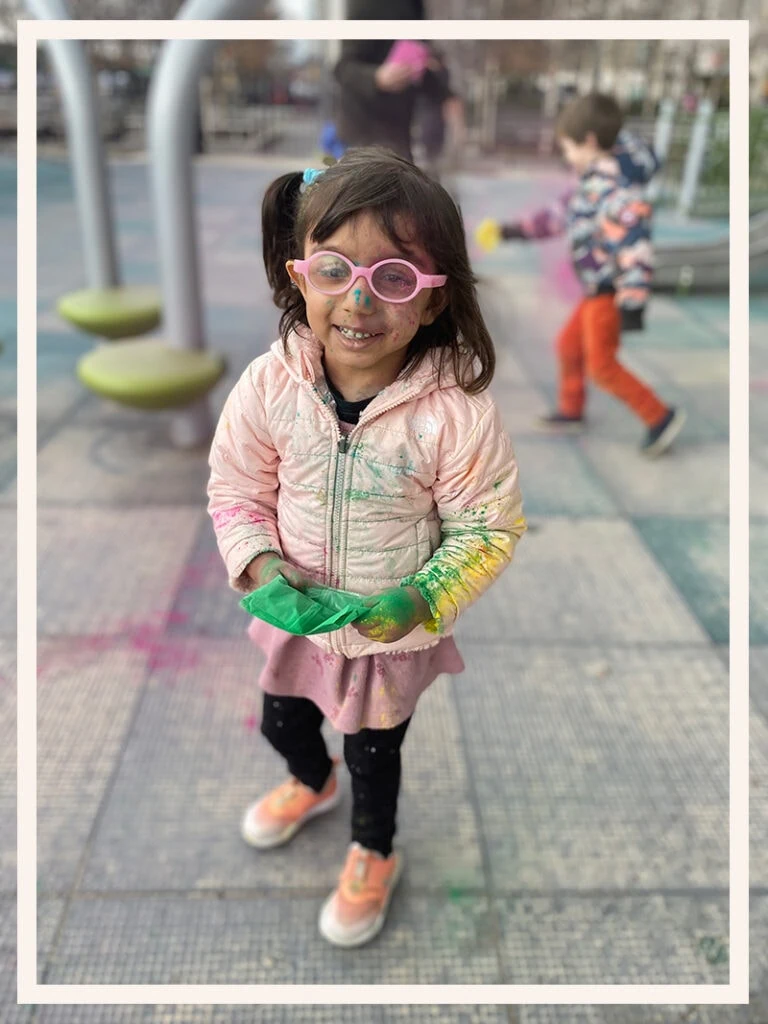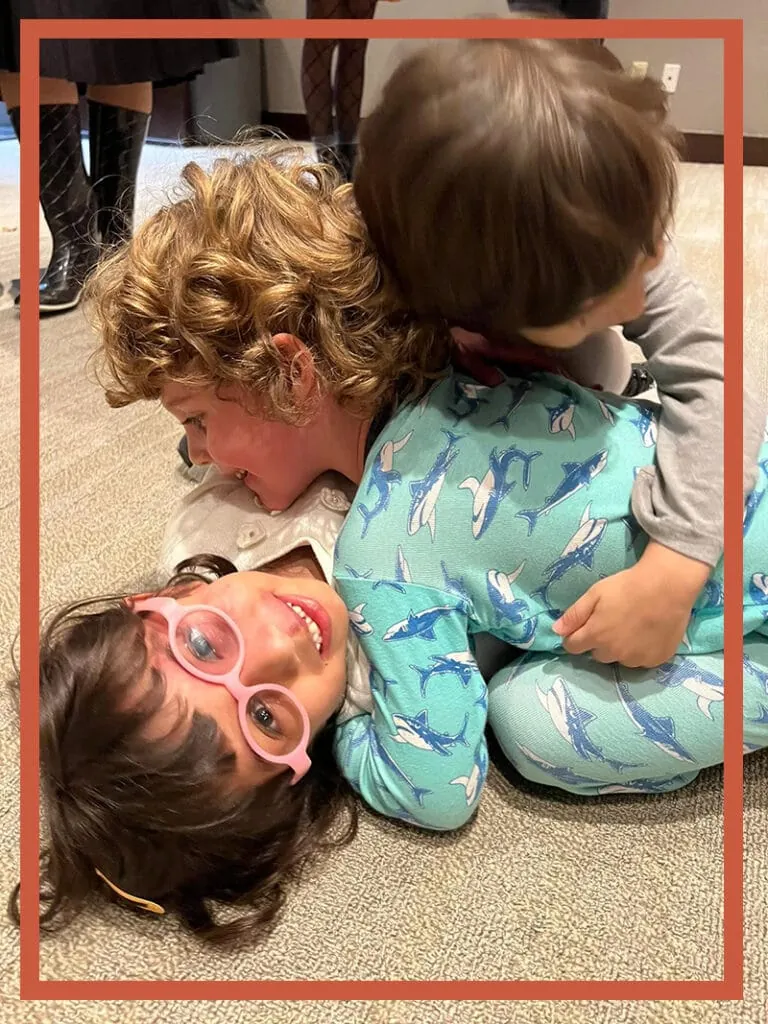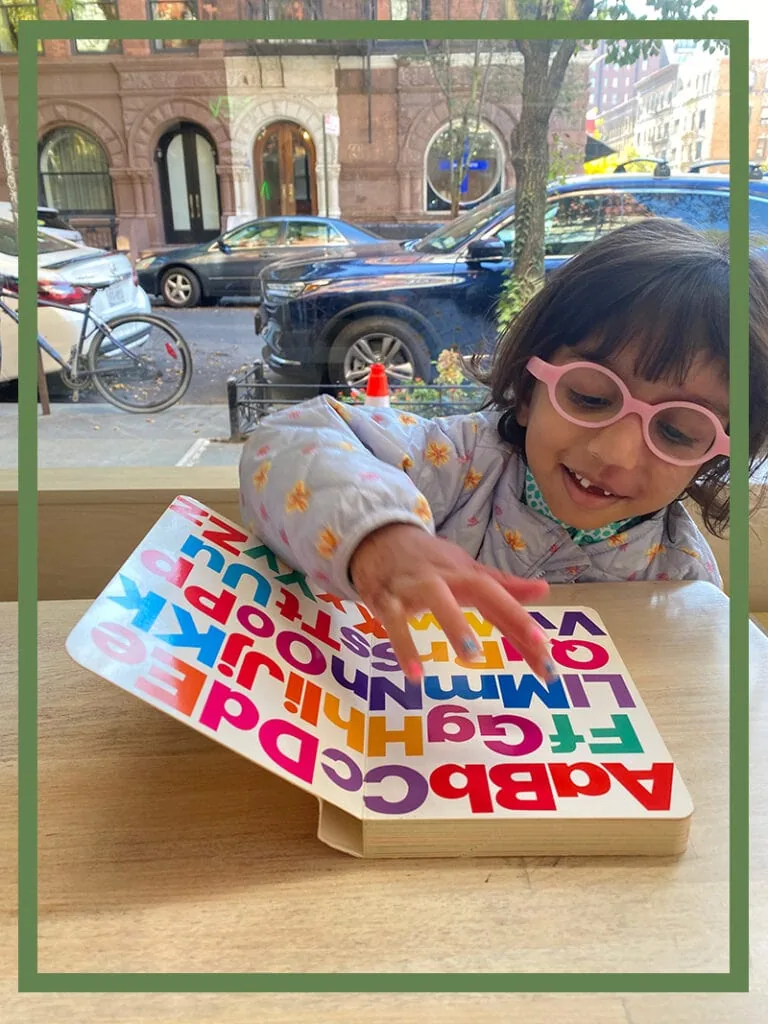Last year during our team editorial meeting, I became super impassioned about a topic I had posted on Instagram stories. It was about how color is disappearing in the world. I was met with a lot of comments about how, more or less, we don’t dress or surround ourselves with the colors or patterns that make us happy in an effort to fit in with our environment.
This prompted lots of reflection within our team and we decided to shift our focus even more to the topic–getting comfortable with our true style, whatever that may be. The things we surround ourselves with have an impact not just on our eyeballs, but on our well-being. They can be our identity, our heart, our soul. I would contest that things aren’t just things–they have a soul.
It took a bit of time to adjust our calendar to address our new focus so I’m pleased to share with you a new series called, My Life in Color. My Life in Color is also the title of our published prompt journal from 2018, which, for the record, I think is a totally underutilized resource for discovering the colors you love.
Well, a number of months ago my friend, Benita Singh, reached out to me and told me about her daughter who was born with colorful birth marks and how it changed the way she sees the world. It certainly changed my view reading her story and I think it will change yours too. I can’t wait for your to read it.
This series is meant to shine a light on how color and/or discovering your aesthetic/style changes us and I’ve got some great reads in store.
My life in color: Seeing my daughter in all her colors
My daughter Kiara was born on July 4th, 2019. And she emerged in shades of red, white and blue.
There were actually myriad shades that covered Kiara’s lanky 8 pound body. Her long, skinny legs had a splattering of dark red spots – or port wine stains as we learned they were called within a few minutes after her birth. A wide streak of blue that was somehow both dark yet transparent at the same time – or a Mongolian birthmark – stretched from the top of her neck across her left chest. Her back had the same color markings.
And perhaps most strikingly, the entire left side of her beautiful round face – from the top of her forehead to the bottom of her cheek – was a shade of deep purple that was fading to dark red before our very eyes.
Aside from her brilliant colors, everything else about holding Kiara was comfortingly familiar from the birth of my older daughter Alina. The squinting eyes that were in total shock from the harsh hospital lights. The classic newborn baby wail that serves as that paradoxical sound of relief for all parties in the delivery room. And of course, the way that she instinctively clung to and remained on my chest in the moments after she was born.
The time Kiara spent on my chest didn’t last long. Within minutes, she was laid bare on an examination table next to me and my husband. I remember looking at her, knowing deep in my heart that she was perfect and healthy, and being more concerned that she just looked so cold.
Pediatricians, obstetricians and various specialists came in and out of the room offering a range of sentiments – from inconclusive diagnoses to confirmations that Kiara’s vitals were all normal. Some of these doctors were friends and colleagues offering their concerned congratulations, as my husband was a gynecological oncologist at the same hospital where Kiara was born.
While we left the hospital the next day with many details regarding Kiara’s condition being unknown, we did know that Kiara had a vascular malformation syndrome undetected by prenatal testing or ultrasound. We heard preliminary diagnoses of Sturge Weber Syndrome given the large port wine stain on her face. Kiara’s vascular malformations affected her capillaries specifically. In addition to being greater in number, her capillaries also didn’t seal or coalesce as they normally should.
So while for most of us, the palette of colors that exists under our skin remains hidden, covered by a single monochromatic sheet of skin, Kiara’s are visible. They all rise to the surface. And just as I remember her on that examination table in the delivery room of Mt. Sinai Hospital, all her colors are laid bare for all to see.
***
Recent studies have shown that color is disappearing from our world. A research group that uses machine learning to track the prevalence of color in common materials and items showed how the percentage of pixels in a range of 7,000 common items has been literally decreasing year over year since the 1800s, with the most drastic decline taking place in the past 20 years. We recently followed our own decorator’s advice to have the living room in our Manhattan apartment painted a deep gray with white trim. Monochrome holds an inherent association with perfection. Clean, minimalistic and single-tone design are both the style of choice and the aspiration.
And to help Kiara get closer to this ideal, she started her weekly laser skin treatments when she was just 10 days old. We’ve dubbed these as “necessary torture sessions,” during which the incredible laser skin surgeons who have become Kiara’s allies and advocates place tiny metal shields in her eyes to protect her from the laser’s scorching lights. Nurses then hold her down as the doctor proceeds to zap the affected areas across her body to temporarily seal her excess and visible capillaries, thereby making her port wine stains less visible.
When Kiara was six months old, it was confirmed that her superficial vascular malformations and the cosmetic implications may actually be the least of our medical concerns. Her pediatric ophthalmologist confirmed that the capillaries around her eyes were causing increased pressure, and there was a meaningful risk that this pressure would ultimately damage the optic nerve. She had glaucoma, which after her extensive port wine stains were the second indicator of Sturge Weber Syndrome. We were told to prepare for the third and final marker of Sturge Weber, which is brain involvement.
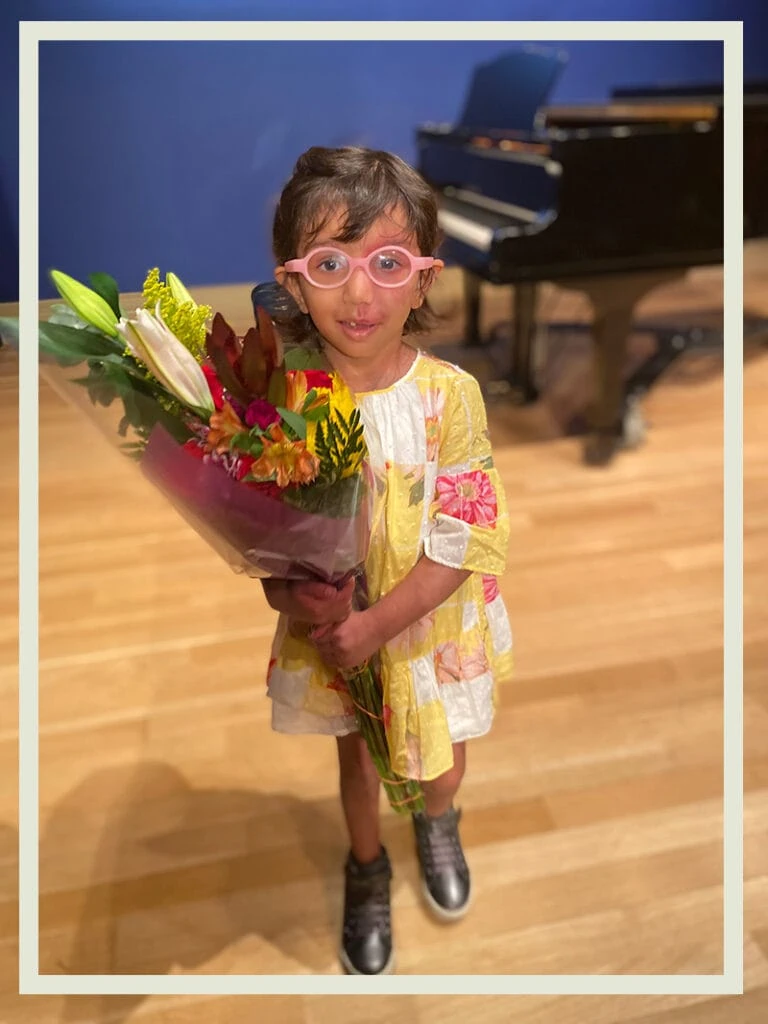
Kiara is now three and a half years old, and she is truly our miracle – the rarest of the rare. An MRI at one year of age confirmed that Kiara does not have lesions on the brain. It does appear that she has increased blood flow to her left side of the brain, which doctors suspect is simply due to increased capillary formation. And we suspect that this beautiful internal asymmetry is what has contributed to her ability to learn to play Twinkle Twinkle on the piano by ear, harmonizing with both hands, before her second birthday. We also like to think it’s also enabled her to focus on a game of chess with her father at the age of three. Not to mention her ability to pick up riding a two wheeler at the age of 2 or skiing down a mountain without any assistance at age 3.
Today, Kiara continues to receive laser treatments across her body. While these repeated zapping sessions have certainly faded the colors across her body, they still remain. To treat her glaucoma, Kiara has had one surgery, takes four eye drops a day, and also wears adorable round pink goggle glasses. Her signature glasses have taken on a dual role of both helping her see of course, and also creating a camouflage effect. Her pink left cheek and her pink glasses reflect off each other, and there is a literal “rose-tinted glasses” effect in which her entire face has a gorgeous rosy hue.
It’s when Kiara takes her glasses off that the stares and questions from other children are most likely to arise. The questions always come from a place of curiosity, and that curiosity is entirely to be expected. From a young age, we are taught that colors help us categorize. Red means hot. Blue means cold. Green means go. So I know that when children look at Kiara and see various colors, they’re bound to be curious. They’re bound to ask questions. And it’s our opportunity to reveal to them that the world isn’t always monochromatic. Sometimes in fact, it’s more interesting than that.
***
As Kiara approaches four, she has yet to ask us about the palette of colors across her body. And while I know and am prepared for that day to soon come, I am also beyond grateful that it hasn’t come yet. I’ll never forget the day Kiara was sitting at our kitchen table, thoroughly enjoying an extremely gooey – and extremely messy – chocolate chip cookie. After she savored the delicacy, and got chocolate all over her face in the process, we made our way to her bathroom to clean her face.
Stepping up on her stool, Kiara looked in the mirror and screamed, “What is that!?” My heart sunk as I was somehow illogically convinced the moment had come where she would ask about her beautiful birthmark. Rather she exclaimed, “My face is brown and black everywhere!” I had just watched her smother her face in chocolate for the past 15 minutes. But she apparently was enjoying the treat too much to realize its messy side effects. After gently wiping the chocolate remnants from across her cheeks and mouth, she calmly looked at herself in the mirror and simply said, “That’s better.” It was only the chocolate that was the abnormality. Everything else was good. Everything else was Kiara.
As we continue to witness the loss of color from our world, I live in immense gratitude for all the colors and experiences that Kiara has shared with us. As I watched her take her first steps the day after her first eye surgery, or bounce back within minutes from her laser sessions, I see how she has taught us that we’re all actually born resilient and strong. And that fear is actually something we pick up along the way.
Thanks to my husband’s intrepid spirit and leadership in the medical community, she has leapfrogged the field of Sturge Weber research by years. Her story and unique case is prompting more research and trials happening today that would not have happened had she not been born.
Through her amazing group of friends, she has confirmed our belief that children are inherently loving and accepting – and that while colors certainly prompt curiosity, children are born to see beyond it.
And through her incredible big sister Alina, she has shown us what true love and being a soul sister really mean.
As I look around our new gray and white modern sleek living room, I realize that when life is monochrome, life is certainly clean. Maybe it’s even ostensibly perfect. But when life is complicated, as it became in the delivery room on July 4th, 2019, well, that’s when life is colorful.
_________________________
Benita Singh lives in Manhattan with her husband Nimesh and daughters Alina and Kiara. When she’s not spending time with her family, she advises, mentors and serves as a communications consultant for impact-driven start-ups and non-profits. Throughout her career, she’s served as an advocate for the artisan and handcraft sector, from co-founding a non-profit supporting women weavers in Guatemala to launching the first online sustainable textiles sourcing platform.
Thank you, Benita, for your beautiful story. I’m so inspired for your vision and perspective.
If you have a story you’d like to share in this new series, please email [email protected] with your pitch. Please use the subject line “My life in Color” along with a little paragraph about your idea. I’d love to hear it!
You can read more about this new direction here at Lars here
Are you color scared?
Neutral vs. Default colors



